Growth in Electric Vehicle Production
The Automotive Adhesive Tape Market is poised for growth, largely due to the surge in electric vehicle (EV) production. As manufacturers pivot towards electric mobility, the need for innovative materials that support the unique requirements of EVs becomes paramount. Adhesive tapes are increasingly utilized in the assembly of electric vehicles, particularly in battery pack construction and lightweight body components. The market for electric vehicles is expected to expand significantly, with projections indicating that by 2025, EV sales could account for a substantial share of total automotive sales. This trend suggests that the Automotive Adhesive Tape Market will benefit from the rising demand for specialized adhesive solutions that cater to the evolving needs of electric vehicle manufacturers, thereby driving market growth.
Increasing Focus on Vehicle Aesthetics
The Automotive Adhesive Tape Market is witnessing a heightened emphasis on vehicle aesthetics, which is influencing the demand for adhesive tapes. As consumers increasingly prioritize the visual appeal of their vehicles, manufacturers are exploring innovative ways to enhance design elements. Adhesive tapes offer versatile solutions for decorative applications, such as trim attachment and interior finishing, without compromising structural integrity. In 2025, the automotive sector is expected to allocate a significant portion of its budget towards enhancing vehicle aesthetics, which may lead to a rise in the adoption of adhesive tapes. This trend indicates that the Automotive Adhesive Tape Market will likely experience growth as manufacturers seek to meet consumer expectations for visually appealing and well-finished vehicles.
Rising Demand for Lightweight Materials
The Automotive Adhesive Tape Market is experiencing a notable increase in demand for lightweight materials, driven by the automotive sector's focus on enhancing fuel efficiency and reducing emissions. Manufacturers are increasingly adopting adhesive tapes as alternatives to traditional fastening methods, which can add unnecessary weight to vehicles. In 2025, the automotive industry is projected to prioritize materials that contribute to overall vehicle weight reduction, with adhesive tapes playing a crucial role. This shift is likely to propel the growth of the Automotive Adhesive Tape Market, as these products offer not only weight savings but also improved performance in terms of durability and resistance to environmental factors. As automakers strive to meet stringent regulatory standards, the adoption of lightweight solutions, including adhesive tapes, appears to be a strategic move to enhance vehicle efficiency.
Regulatory Compliance and Safety Standards
The Automotive Adhesive Tape Market is increasingly influenced by regulatory compliance and safety standards that govern the automotive sector. As governments implement stricter regulations regarding vehicle safety and environmental impact, manufacturers are compelled to adopt materials that meet these requirements. Adhesive tapes are often favored for their ability to provide strong, reliable bonds while adhering to safety standards. In 2025, the market is expected to see a rise in demand for adhesive solutions that comply with evolving regulations, particularly in areas such as emissions control and crash safety. This trend suggests that the Automotive Adhesive Tape Market will continue to grow as manufacturers prioritize compliance and safety in their production processes.
Technological Innovations in Adhesive Solutions
The Automotive Adhesive Tape Market is benefiting from ongoing technological innovations that enhance the performance and application of adhesive solutions. Advances in adhesive formulations and manufacturing processes are leading to the development of high-performance tapes that offer superior bonding capabilities, temperature resistance, and durability. In 2025, the market is expected to see the introduction of new adhesive technologies that cater to the specific needs of the automotive sector, such as tapes designed for high-stress applications and extreme environmental conditions. This evolution in adhesive technology is likely to drive the growth of the Automotive Adhesive Tape Market, as manufacturers seek reliable and efficient solutions to meet the demands of modern automotive design and production.


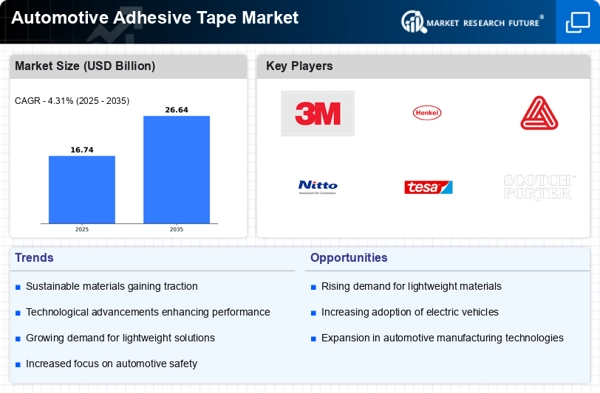
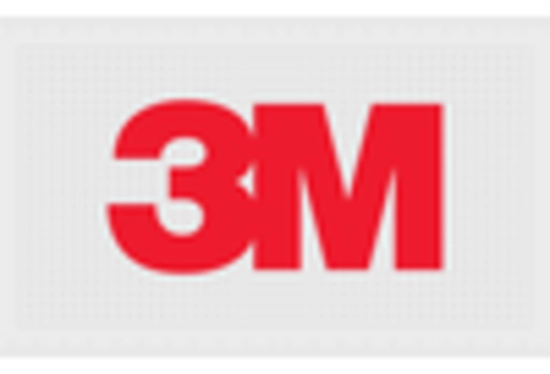
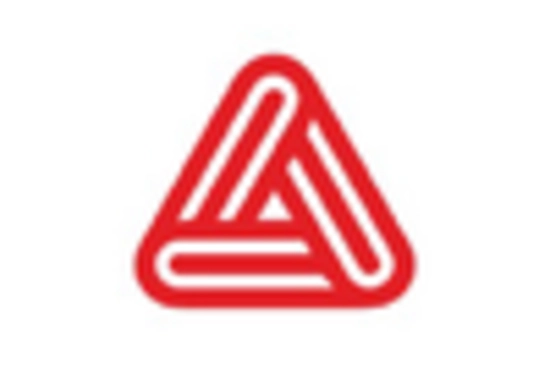
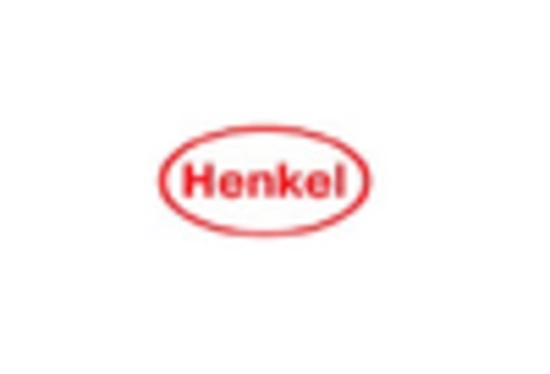
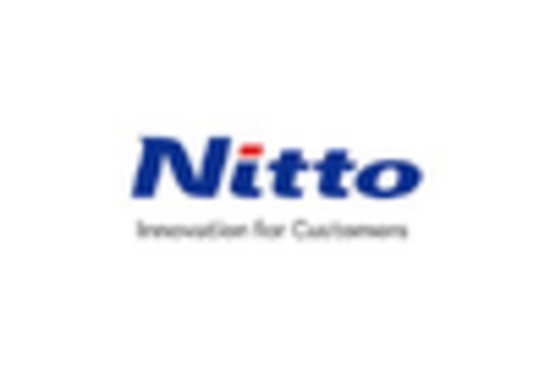










Leave a Comment